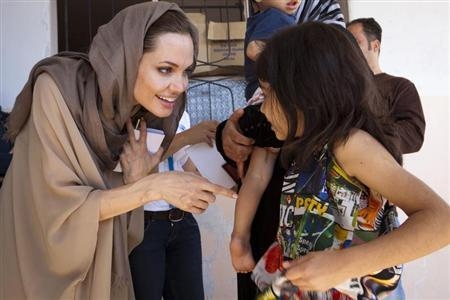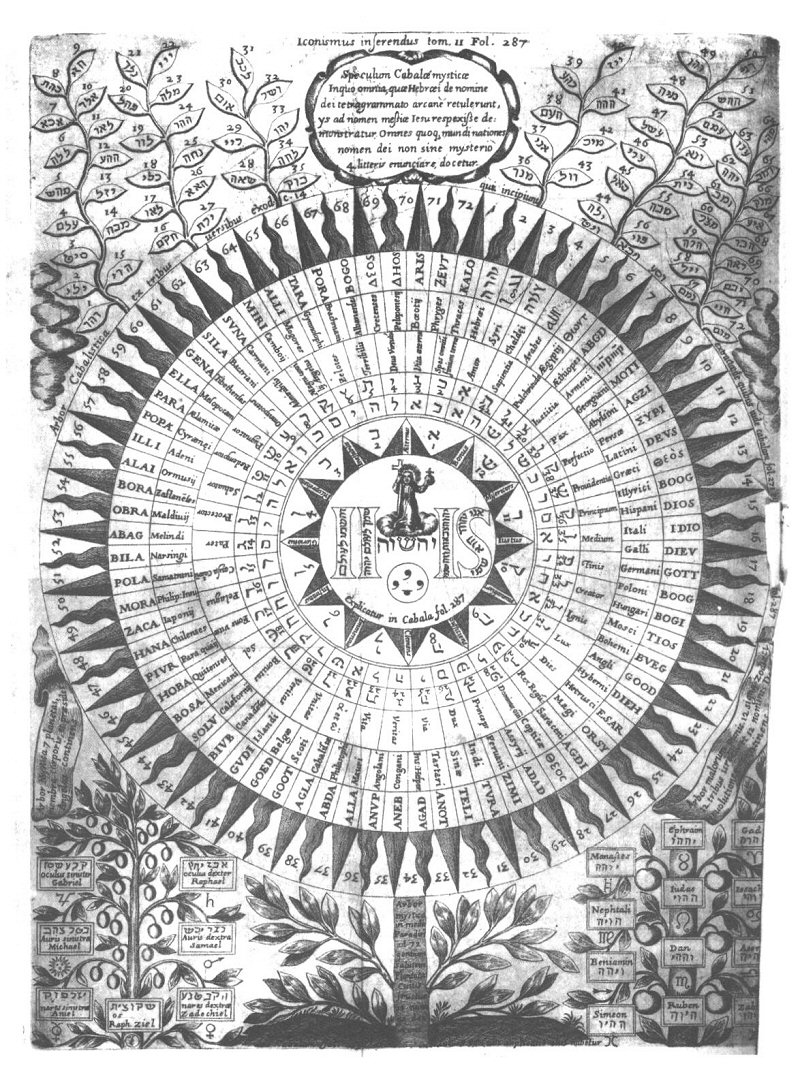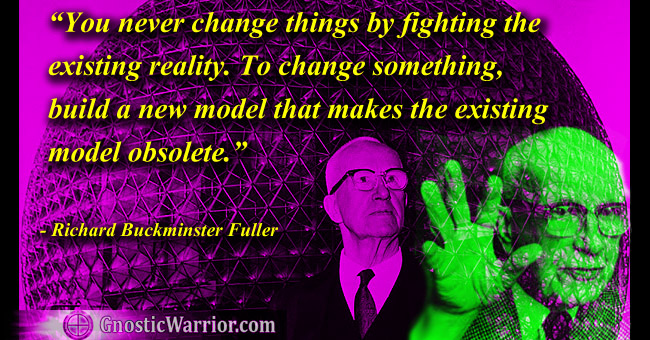Page 10
in India, or from men who had been there, and Plato faithfully echoed his teachings. We will quote two passages from the Aitareya Brahmana:
In the “Serpent-Mantra,“ the Brahmana declares as follows: that this Mantra is that one which was
seen by the Queen of the Serpents, Sarpa-rajni; because the earth (iyam) is the Queen of the Serpents, as she is the mother and queen of all that moves (sarpat). In the beginning she (the earth) was but one head (round), without hair (bald), i.e., without vegetation. She then perceived this Mantra which confers upon him who knows it, the power of assuming any form which he might desire. She “pronounced the Mantra,” i.e., sacrificed to the gods; and, in consequence, immediately obtained a motley appearance; she became variegated, and able to produce any form she might like, changing one form into another. This Mantra begins with the words: “Ayam gauh pris’nir akramit” (x., 189).
The description of the earth in the shape of a round and bald head, which was soft at first, and became hard only from being breathed upon by the god Vayu, the lord of the air, forcibly suggests the idea that the authors of the sacred Vedic books knew the earth to be round or spherical; moreover, that it had been a gelatinous mass at first, which gradually cooled off under the influence of the air and time.
So much for their knowledge about our globe’s sphericity; and now we will present the testimony upon which we base our assertion, that the Hindus were perfectly acquainted with the Heliocentric system, at least 2000 years B.C.
In the same treatise the Hotar, (priest), is taught how the Shastras should be repeated, and how the phenomena of sunrise and sunset are to be explained. It says: “The Agnishtoma is that one (that god) who burns. The sun never sets nor rises. When people think the sun is setting, it is not so; they are mistaken.
For after having arrived at the end of the day, it produces two opposite effects, making night to what is below, and day to what is on the other side. When they (the people) believe it rises in the morning, the sun only does thus: having reached the end of the night, it makes itself produce two opposite effects, making day to what is below, and night to what is on the other side. In fact the sun never sets; nor does it set for him who has such a knowledge. . . .”
This sentence is so conclusive, that even the translator of the Rig-Veda, Dr. Haug, was forced to remark it. He says this passage contains “the denial of the existence of sunrise and sunset,” and that the author supposes the sun “to remain always in its high position.
Page 11
In one of the earliest Nivids, Rishi Kutsa, a Hindu sage of the remotest antiquity, explains the allegory of the first laws given to the celestial bodies. For doing “what she ought not to do,” Anahit (Anaitis or Nana, the Persian Venus), representing the earth in the legend, is sentenced to turn round the sun. The Sattras, or sacrificial sessions prove undoubtedly that so early as in the eighteenth or twentieth century B.C., the Hindus had made considerable progress in astronomical science. The Sattras lasted one year, and were “nothing but an imitation of the sun’s yearly course. They were divided, says Haug, into two distinct parts, each consisting of six months of thirty days each; in the midst of both was the Vishuvan (equator or central day), cutting the whole Sattras into two halves, etc.” This scholar, although he ascribes the composition of the bulk of the Brahmanas to the period 1400-1200 B.C., is of opinion that the oldest of the hymns may be placed at the very commencement of Vedic literature, between the years 2400-2000, B.C. He finds no reason for considering the Vedas less ancient than the sacred books of the Chinese. As the Shu-King or Book of History, and the sacrificial songs of the Shi-King, or Book of Odes, have been proved to have an antiquity as early as 2200, B.C., our philologists may yet be compelled before long to acknowledge, that in astronomical knowledge, the antediluvian Hindus were their masters.

Moe is the founder of GnosticWarrior.com. He is a father, husband, author, martial arts black belt, and an expert in Gnosticism, the occult, and esotericism.






![How one in the province of the Northumbrians, rose from the dead, and related many things which he had seen, some to be greatly dreaded and some to be desired [Circ. 696 A.D.] | Book 5 | Chapter 11 How one in the province of the Northumbrians, rose from the dead, and related many things which he had seen, some to be greatly dreaded and some to be desired [Circ. 696 A.D.] | Book 5 | Chapter 11](https://www.gnosticwarrior.com/wp-content/plugins/contextual-related-posts/default.png)

